Categories of vegetables
- Leafy green – lettuce, spinach and silverbeet etc
- Cruciferous – cabbage, cauliflower, Brussels sprouts and broccoli etc
- Marrow – pumpkin, cucumber and zucchini etc
- Root – potato, sweet potato and yam etc
- Edible plant stem – celery and asparagus etc
- Allium – onion, garlic and shallot etc
- Beets- Turnips, Celeriac, Radish etc
- Bulbs- Chives, Leeks, Shallot, Onions, Garlic etc
- Seeds- Green beans, legumes etc
- Fungi- Mushrooms, etc
List of Vegetables, A-Z
- Potatoes
- Jerusalem artichoke
- Hot Pepper
- Gourd
- Fennel Bulb
- Garlic
- Endive
- Eggplant
- Cucumber
- Cowpea
- Corn
- Corn Salad
- Collards
- Chinese Cabbage
- Celery
- Chard
- Celeriac
- Cauliflower
- Carrot
- Cabbage
- Brussel Sprouts
- Broccoli Raab
- Broccoli
- Beet
- Asian greens
- Bell Pepper
- Green Beens
- Arugula
- Artichoke
- Amaranths
- Winter Squash
- Watermelon
- Turnip
- Tomatillo
- Tomatoe
- Summer Squash
- Sweet Potato
- Rutabaga
- Spinach
- Rhubarb
- Rudish
- Pumpkin
- Radicchio
- Peanut
- Pea
- Parsnip
- Okra
- Onion
- New Zealand Spinach
- Melon
- Lima Bean
- Malabar Spinach
- Lettuce
- Kohlrabi
- Leek
- Kale
- Jalapeño
- Mushroom
- Chives
- Dandelion Green
- Kimchi
- Seaweed
- Shallots
- Sauerkraut
- Swiss Chard
- Zucchini
- Watercress
- Water chestnut
- Beetroot
- Capsicums
- Microgreens
- Silverbeet
- Sprouted beans
- Witloof
- Yams
- Neep
Jerusalem artichokes
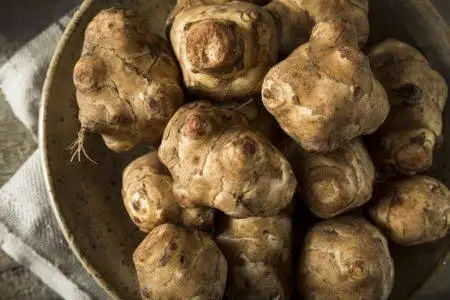
Sunchokes, also known as Jerusalem artichokes, are a type of root vegetable that yield sweet-tasting tubers and large sunflower-like blooms. This sweet, crunchy root vegetable can add a fun twist to meals and substitute for other tubers, such as potatoes or yams. It’s got a bit of a water chestnut bite to it but with more of a starchy taste, despite the fact it has no starch in it.
Potatoes

The potato is the third most important food crop in the world after rice and wheat in terms of human consumption. Potatoes are an excellent source of vitamin C to strengthen the immune system while reducing inflammation and provide potassium to balance fluid levels within the body. Potatoes pair well with herbs such as parsley, cilantro, dill, rosemary, and thyme, chives, leeks, garlic, ginger, meats including beef, pork, poultry, and fish, mushrooms, eggplant, squash, green beans, bell peppers, and cheeses.
Hot peppers

peppers generally have a bulbous, oval to pear shape, averaging 5 to 7 centimeters in diameter, but can widely vary in size and shape depending on its growing environment. Hot peppers pair well with mushrooms, ginger, onions, garlic, meats such as pork, pancetta, beef, and poultry, shrimp, arugula, spinach, fig, cauliflower, and spices such as turmeric and cumin.
Gourd
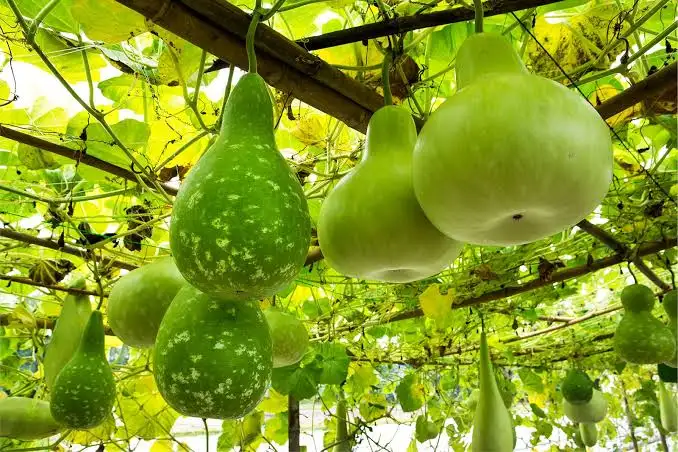
Gourd can vary in size shape and length depending on how it is grown and when it is harvested. It can be short and round, uniformly cylindrical, curved, bulbous, or extremely long and thin. Its skin is most often smooth though there are some varieties that are covered in fine hairs. Its coloring can vary from a light green or chartreuse to dark green. The interior flesh is creamy white with petite seeds that when young are tender and edible but when more mature become hard and should be removed prior to consumption.
Fennel Bulb
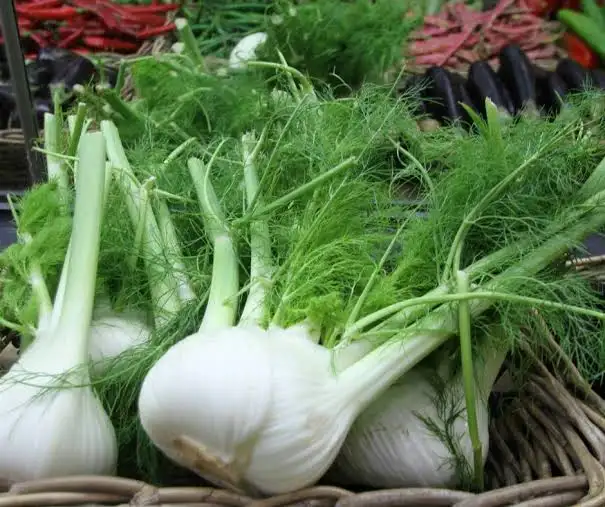
Fennel comes in a range of sizes. Some bulbs are as big as a softball while others are more like a tennis ball. The stalks are tough and typically discarded, but the wispy fronds are a lot like dill in texture. They can be chopped fine to use as an herb in soups, sautés, and baked goods. The bulb is most often served thinly sliced and it can be eaten raw in salads, skillet cooked, or roasted in the oven. Eaten raw it is a lot like celery in texture – crispy with a high water content. Roasting fennel caramelizes the sugars and deepens the subtle licorice flavors.
Common garlic bulbs
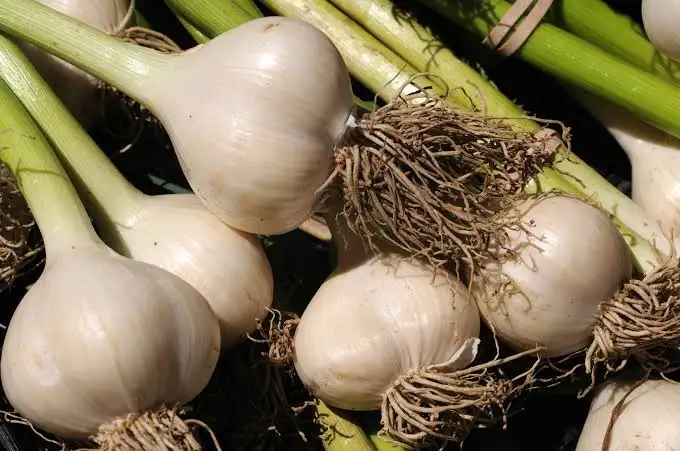
Common garlic bulbs range from medium to large, averaging anywhere between 5-8 centimeters in diameter, and consist of several cloves arranged in a number of layers depending on the variety. Each clove of garlic is encased in its individual wrapper, and the bulb itself has layers of thin, flakey wrappers to protect the cloves. Often referred to as the “stinking rose,” Garlic actually has a very mild allium scent and taste. Garlic can be used in any dish that calls for garlic such as garlic chicken, spaghetti Bolognese, potato soup, to stews, but it also does especially well as the central flavor in marinades, dressings, sauces, and salts.
Endive
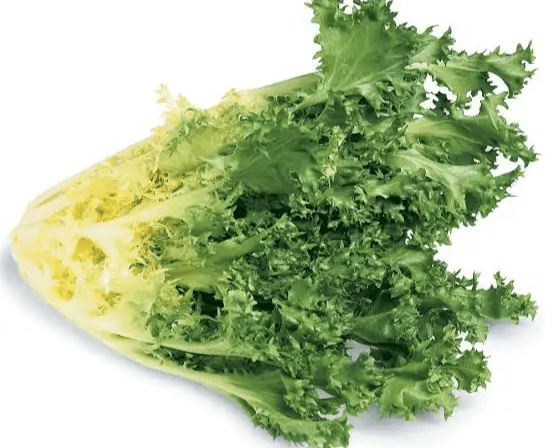
Endive is a leaf vegetable belonging to the genus Cichorium, which includes several similar bitter-leafed vegetables. The plant is a short stemmed herb with a rosette of leaves which are arranged alternately on the stem. The leaves become smaller toward the top of the stem The leaves can be broad and flat, curly or frizzy depending in the variety. It’s used in many dishes, mainly salads (like this endive watercress salad). It can be roasted, grilled or braised to create a hearty texture and tart, buttery flavor.
Eggplant
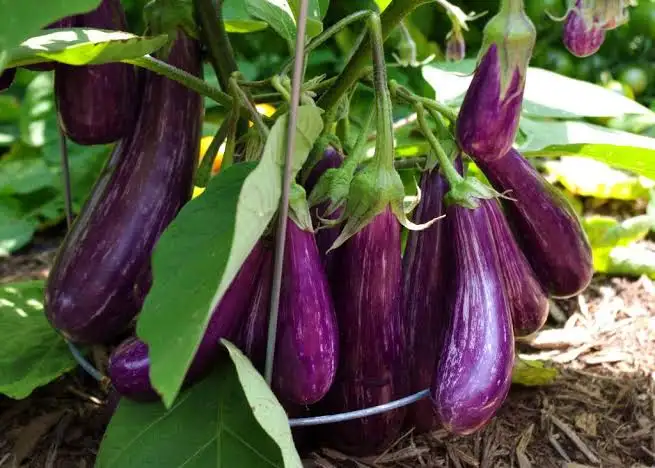
The eggplant has a branching stem and simple, long, flat. coarsely lobed leaves which are green in color and are arranged alternately on the branches. The fruit is a large, fleshy ovoid berry which can reach 40 cm (15.7 in) in length, with glossy smooth skin and numerous small seeds. The color of the fruit is variable and can be white, green, yellow, purple or black. It’s an acquired taste, and its fruit is often smothered in sauces, breadcrumbs, grilled or surrounded with vegetables in a ratatouille. The eggplant (Solanum melongena) most often associated with food preparation in the United States is actually mild in taste and very low in calories. Known as the globe eggplant, it’s easy to grow either in a vegetable patch or a container.
Cucumber
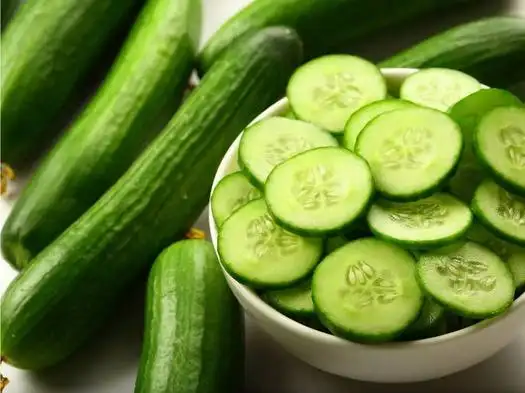
The cucumber plant is a sprawling vine with large leaves and curling tendrils. The plant may have 4 or 5 main stems from which the tendrils branch. The leaves of the plant are arranged alternately on the vines, have 3–7 pointed lobes and are hairy. The cucumber fruit varies in shape but is generally a curved cylinder rounded at both ends that can reach up to 60 cm (24 in) in length 10 cm (3.9 in) in diameter. The inner flesh is light green with pale, edible seeds and has a crisp, aqueous texture and mild floral and grassy flavor. Cucumbers pair well with mint, dill, tuna fish, chicken salad, tomatoes, green peppers, and onions.
Cowpea

The cowpea plant is usually erect and possess ribbed stems and smooth trifoliate leaves which are arranged alternately on the stems. The plant produces clusters of flowers at the end of a peduncle (flower stalk) and 2–3 seed pods per peduncle. The seed pods are smooth, cylindrical and curved, reaching up to 35 cm (10 in) in length, with distinctive coloration, usually green, purple or yellow. Cowpeas are popularly shelled and added to soups, stews, curries, and ragouts, or they can be cooked and served cold in bean salads. In the southern United States, Cowpeas can be used in the dish known as hoppin’ John which is a one-pot recipe with rice, a savory sauce, Purple Hull peas, and meat such as pork.